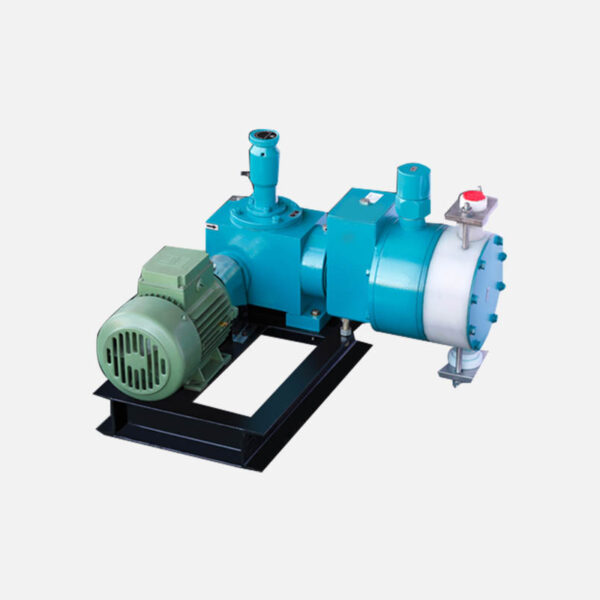How does the dosing pump work?
How does the dosing pump work?
A dosing pump is a type of pump that is used to deliver a precise volume of fluid at a controlled rate. They are often used in industrial applications to add chemicals or other fluids to a process.
There are two main types of dosing pumps: positive displacement pumps and peristaltic pumps. Positive displacement pumps work by moving a fixed volume of fluid with each stroke. Peristaltic pumps work by squeezing a flexible tube to move the fluid.
The most common type of dosing pump is the positive displacement pump. There are many different types of positive displacement pumps, but they all work on the same basic principle. The pump has a chamber that is filled with fluid. A piston or plunger moves back and forth, forcing the fluid out of the chamber and into the process. The amount of fluid that is pumped out of the chamber each time is determined by the size of the chamber and the stroke of the piston or plunger.
The peristaltic pump is a less common type of dosing pump, but it is often used in applications where the fluid is corrosive or abrasive. Peristaltic pumps work by squeezing a flexible tube to move the fluid. The tube is wrapped around a series of rollers, and the rollers move the tube back and forth. This action squeezes the fluid out of the tube and into the process.

- Flow rate : The maximum volume of fluid that the pump can deliver per unit time.
- Accuracy : The accuracy of the pump in delivering the desired volume of fluid.
- Pressure : The maximum pressure that the pump can deliver the fluid at.
- Materials : The materials that the pump is made of, which will affect its suitability for different applications.
- Water treatment
- Wastewater treatment
- Chemical processing
- Food processing
- Pharmaceutical manufacturing
- Mining
They are used to add chemicals, nutrients, and other fluids to a process to control pH, kill bacteria, remove impurities, and perform other tasks.
Dosing pumps are an essential tool for many industries. They allow for the precise delivery of fluids, which is critical for maintaining process control and ensuring product quality.


